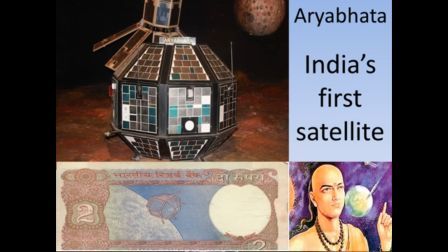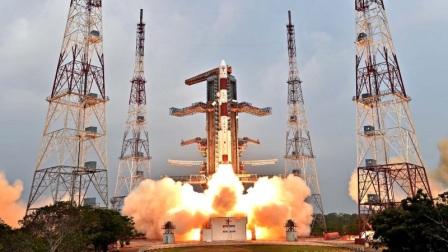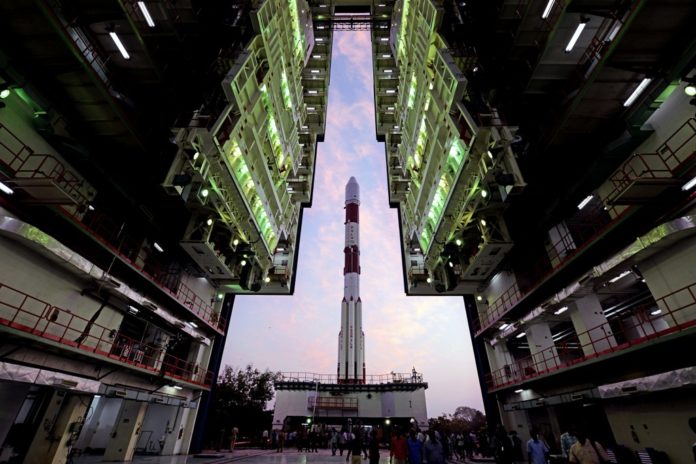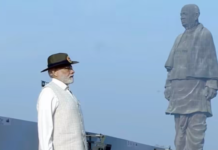This February, the Indian space giant ISRO sent 104 satellites into space, thus beating Russia’s previous record of 37. All satellites were nano-satellites (small devices) except one—the Cartosat, weighing 714 kilograms. The Indian Space Research Organisation is an ardent follower of the mantra– ‘Small is Beautiful’ when it comes to satellite launches. Have you ever wondered why foreign countries prefer ISRO over NASA, ISA, SUPARCO and the Canadian Space Agency for satellite launches? Let’s find out the answer to this question in this article.
April 19, 1975: Scientists Satish Dhawan and U R Rao were anxiously waiting for Aryabhatta’s journey into space. India’s first satellite, a 3M rocket Aryabhatta weighed 360 kilograms. The 2-staged Kosmos rocket powered by liquid fuel blasted off within 90 minutes. That one and a half hour were filled with desperation, anxiety, and hopes. The Indians may have been doubtful, but the Russians were confident of India’s space technology.

The incident ushered in a new era for space research in India. Next, the scientists devoted themselves to building a rocket that would launch other satellites. If the Aryabhatta marked India’s journey in space, the PSLV made ISRO self-reliant and superior. The Polar Satellite Launch Vehicle (PSLV) was India’s first self-designed medium-class satellite launcher.
In time, ISRO scientists mastered the design of PSLV. While the PSLV ensured India’s consistent efforts in exploring the universe, its subsidiary ‘Antrix’ helped build up a solid customer base. Today, Antrix generates at least 20% of its total revenue by launching foreign satellites. In last two years, the company made $4.5 million and 76.5 million euros in this field. As ISRO is raising its PSLV launches from six to eight per year, the company hopes to make more money. Its previous records have been excellent so far. ISRO made:
- 9 million euros in 2013,
- 2 million euros in 2014,
- 5 million euros in 2015.

Experts at ISRO created a history between May 1999 and June 2017. The biggest space research organization of India launched 209 satellites from 28 countries, collectively weighing 6694.70 kilograms. Alternatively, the French Arian rocket launched India’s three new satellites GSATs 15, 16 and 18. The triplets weigh just 9750 kilograms.
The scientists, however, do not believe in exploring the commercial potential of ISRO satellites. Rather than selling the PSLVs to other countries, the experts make room for co-passengers in the rocket. They can’t offer more space since India’s need is on priority.
Back in 2007, the organization launched one satellite per year. Last year, they raised the number to 6 satellites per year. In the next few days, they’re planning to increase the launch frequency to 10 satellites per year! ISRO is all set to write a new future for India in space research. With so many milestones in its name, no wonder why other countries prefer ISRO for their needs!












